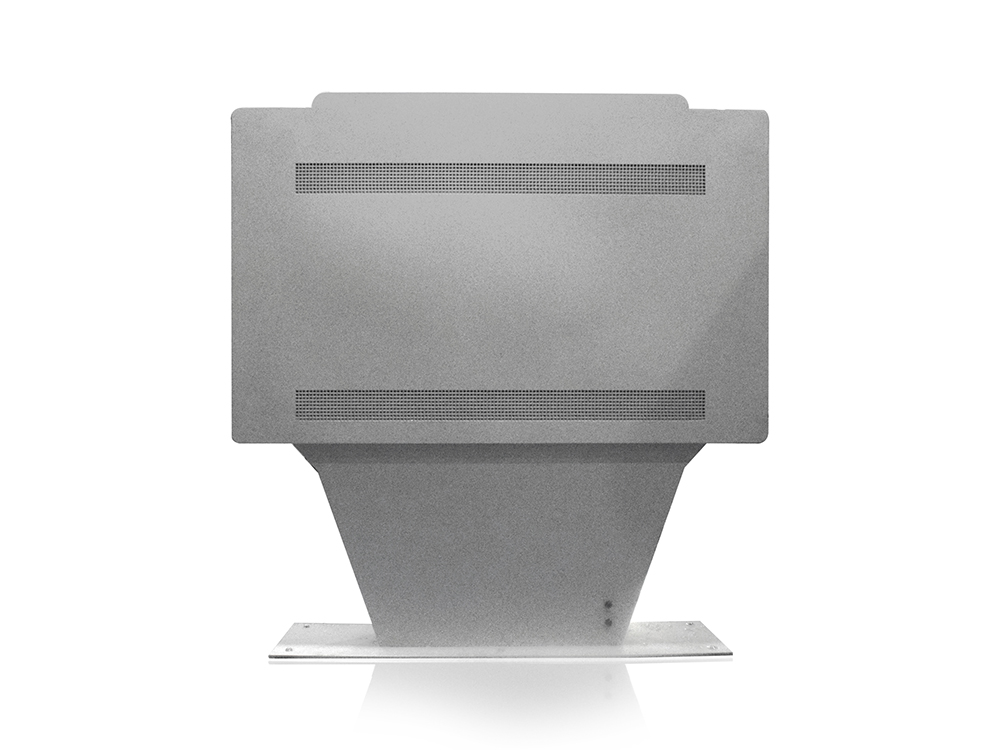Managing Digital Signage Networks Remotely
In today's fast-paced digital world, businesses and organizations are increasingly relying on digital signage to communicate with their audiences. From retail stores displaying promotional messages to corporate offices showcasing important announcements, digital signage has become an integral part of our visual landscape. However, managing these networks, especially when spread across multiple locations, can be a challenging task. This is where remote management of digital signage networks comes into play.

Remote management refers to the ability to control, monitor, and update digital signage content and devices from a central location, without the need for physical access. This approach offers numerous benefits, including cost savings, increased efficiency, and greater flexibility. In this article, we will explore the key aspects of managing digital signage networks remotely, including the tools and technologies involved, best practices for implementation, and the future of remote management in this field.
The Importance of Remote Management
Digital signage networks can consist of dozens, if not hundreds, of displays spread across various locations. Managing these networks manually can be time-consuming and expensive. With remote management, however, administrators can oversee and make changes to the entire network from a single interface. This not only reduces the need for on-site visits but also allows for quicker updates and troubleshooting.
One of the primary advantages of remote management is cost savings. By eliminating the need for frequent travel to different locations, businesses can significantly reduce their transportation and labor costs. Additionally, remote management enables more efficient use of resources, as administrators can handle multiple tasks simultaneously from their central location.
Efficiency is another key benefit. Remote management tools allow for real-time monitoring of digital signage networks, enabling administrators to quickly identify and resolve issues. This ensures that content is displayed correctly and consistently across all devices, enhancing the overall viewer experience.
Flexibility is also a crucial aspect of remote management. With the ability to update content and settings remotely, businesses can adapt to changing circumstances more easily. Whether it's promoting a new product, announcing a special event, or adjusting display settings to accommodate different lighting conditions, remote management makes it possible to make these changes quickly and efficiently.
Tools and Technologies for Remote Management
To effectively manage digital signage networks remotely, businesses need the right tools and technologies. These include content management systems (CMS), remote desktop software, and network monitoring tools.
A CMS is the backbone of any digital signage network. It allows administrators to create, schedule, and distribute content to displays across the network. Many modern CMS platforms offer remote management capabilities, enabling administrators to control their networks from anywhere with an internet connection.
Remote desktop software is another essential tool for remote management. It allows administrators to access and control individual devices within the network as if they were sitting in front of them. This can be particularly useful for troubleshooting and making configuration changes.
Network monitoring tools are also crucial for ensuring the health and performance of digital signage networks. These tools can provide real-time information on device status, connectivity, and content playback. By monitoring the network continuously, administrators can quickly identify and resolve issues before they impact the viewer experience.
Best Practices for Remote Management
To maximize the benefits of remote management, businesses should follow best practices for implementation. These include establishing clear communication channels, implementing robust security measures, and regularly updating software and hardware.
Clear communication channels are essential for effective remote management. Administrators should establish regular check-ins with on-site staff to ensure that any issues or concerns are addressed promptly. Additionally, having a dedicated support channel, such as an email address or phone number, can help facilitate quick resolution of any problems that may arise.
Security is a top priority when it comes to remote management. Businesses should implement strong passwords, two-factor authentication, and encryption to protect their networks from unauthorized access. It's also important to regularly review and update security policies to address new threats and vulnerabilities.
Regularly updating software and hardware is another critical best practice. Outdated software and hardware can create security risks and lead to performance issues. By keeping their systems up to date, businesses can ensure that their digital signage networks remain secure and functional.
The Future of Remote Management in Digital Signage
As technology continues to evolve, the future of remote management in digital signage looks promising. Advancements in artificial intelligence (AI) and machine learning (ML) are opening up new possibilities for automation and predictive maintenance.
AI and ML can be used to analyze data from digital signage networks, identifying patterns and trends that may indicate impending issues. For example, if a particular display consistently experiences connectivity problems at certain times of the day, AI-powered tools can predict when these issues are likely to occur and take proactive measures to prevent them.
In addition, the integration of Internet of Things (IoT) technologies is making it easier to connect and manage digital signage devices remotely. IoT-enabled devices can communicate with each other and with central management systems, providing real-time data on their status and performance.
Furthermore, the rise of cloud computing is transforming the way digital signage networks are managed. Cloud-based CMS platforms offer greater scalability, flexibility, and accessibility than traditional on-premise solutions. With a cloud-based CMS, administrators can manage their networks from anywhere in the world, using any device with an internet connection.
In conclusion, remote management of digital signage networks offers numerous benefits, including cost savings, increased efficiency, and greater flexibility. By leveraging the right tools and technologies and following best practices for implementation, businesses can effectively manage their networks from a central location. As technology continues to evolve, the future of remote management in digital signage looks bright, with advancements in AI, ML, IoT, and cloud computing opening up new possibilities for automation, predictive maintenance, and scalability. By embracing these technologies, businesses can ensure that their digital signage networks remain secure, functional, and engaging for their audiences.
Application scenarios of digital signage








